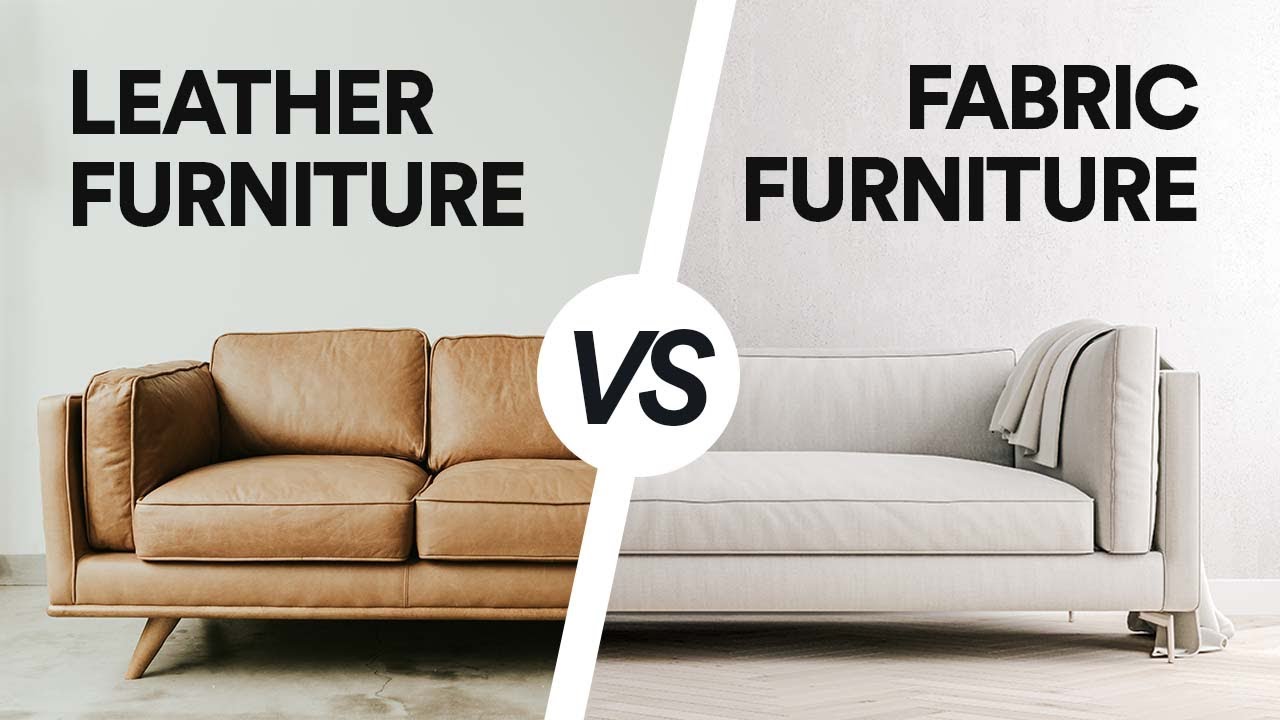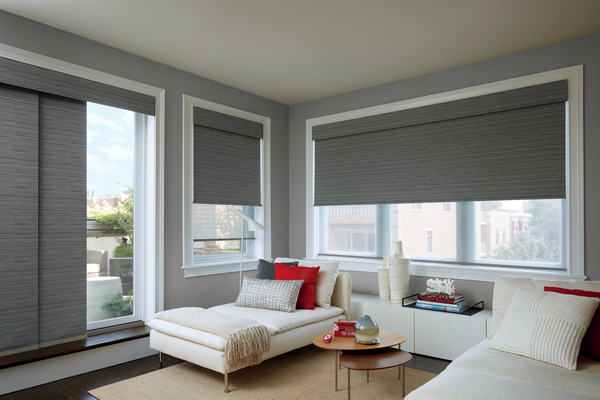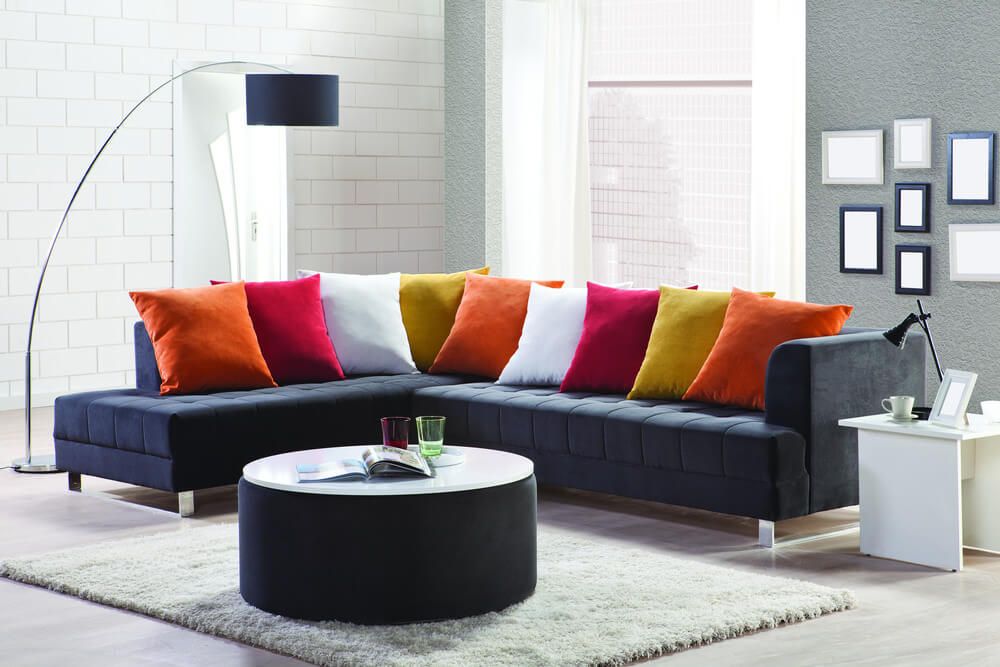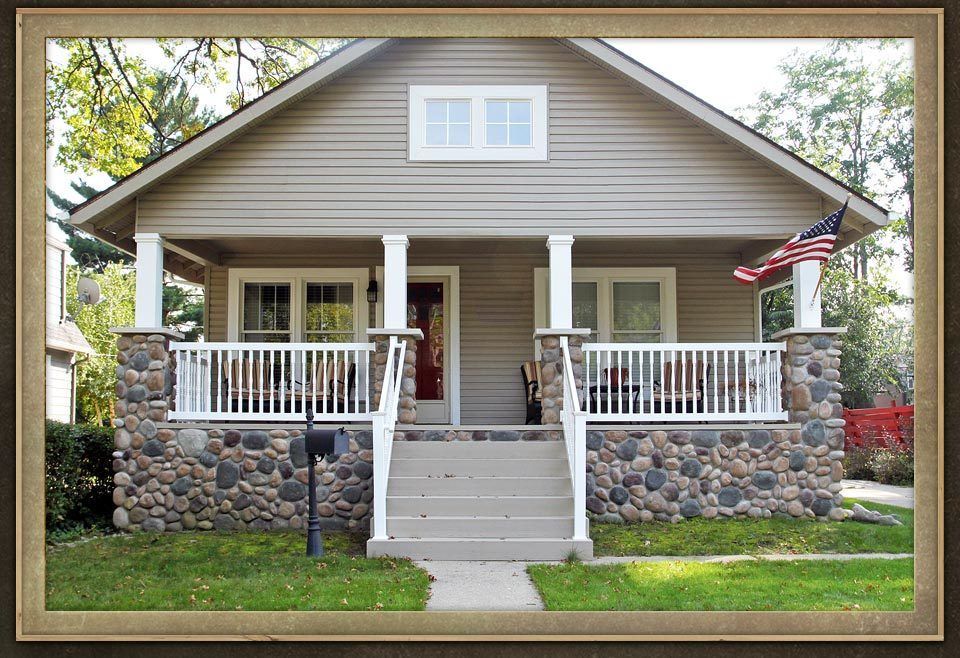When it comes to choosing the perfect sofa for your home, the decision between leather and fabric can be a tough one. Both materials have their own unique advantages and disadvantages, and the choice you make can significantly impact the comfort, aesthetics, and longevity of your living room furniture. Explore variety of Living Room Furniture at Style n Comfort. In this article, we’ll delve into the world of leather and fabric sofas, exploring their characteristics, pros, and cons, to help you make an informed decision on which is right for you.
Leather Sofas: Elegance and Durability
Leather sofas have long been associated with luxury, sophistication, and timeless elegance. There’s a certain allure to leather that can instantly elevate the aesthetic of a room. Here are some of the key advantages of choosing a leather sofa:
Timeless Aesthetic: Leather sofas exude an air of timeless elegance. They can effortlessly complement both traditional and modern interior designs, making them a versatile choice for any home decor style.
Durability: Leather is a robust and long-lasting material. It can withstand wear and tear better than fabric, making it an excellent option for households with children and pets. With proper care, a high-quality leather sofa can last for decades.
Easy to Clean: Leather is a breeze to clean. Spills and stains can be wiped off easily, and it doesn’t hold onto odors like some fabric materials can. Regular maintenance involves simple dusting and occasional leather conditioning to keep it looking its best.
Ages Gracefully: Leather develops a beautiful patina over time, adding character to the sofa. The more it’s used, the more charming it becomes.
Hypoallergenic: Leather doesn’t trap allergens like dust mites, pet dander, or pollen, making it an ideal choice for those with allergies.
While leather sofas offer numerous benefits, they do come with a few drawbacks to consider:
Cost: High-quality leather sofas can be quite expensive compared to their fabric counterparts. However, their durability and longevity can offset the initial investment.
Maintenance: Leather requires regular conditioning to prevent it from drying out and cracking. This adds to the cost and maintenance commitment.
Temperature Sensitivity: Leather can feel cold in winter and hot in summer, which can be uncomfortable in extreme weather conditions. Adding cushions and throws can help mitigate this issue.
Limited Variety: Leather sofas may not offer as many color and pattern options as fabric sofas. If you have a specific color scheme in mind, you might find fabric sofas to be a more versatile choice.
Fabric Sofas: Comfort and Versatility
Fabric sofas, on the other hand, offer a wide range of design options and comfort features. They have their own set of advantages that cater to specific needs and preferences:
Variety: Fabric sofas come in an extensive array of colors, patterns, and textures, allowing you to choose one that complements your interior design perfectly. Whether you prefer a classic, chic, or eclectic look, there’s a fabric sofa to match your style.
Comfort: Fabric is soft and comfortable to the touch. It can provide a warm and inviting atmosphere in your living room, making it a cozy place for lounging and relaxation.
Affordability: Generally, fabric sofas are more budget-friendly compared to leather options. This makes them an attractive choice for those looking for a stylish sofa without breaking the bank.
Temperature Neutral: Fabric doesn’t get as hot in summer or as cold in winter as leather does. This makes it a more suitable option for those living in regions with extreme temperature fluctuations.
Easy Customization: If you’re interested in changing the look of your living room more frequently, fabric sofas are an excellent choice. You can update the appearance with slipcovers or reupholstery to match evolving interior trends.
However, fabric sofas also come with their own set of drawbacks:
Stains and Spills: Fabric is more prone to staining and absorbing odors compared to leather. While some fabric sofas have stain-resistant coatings, accidents can still leave lasting marks.
Durability: Fabric can wear out faster than leather, especially in high-traffic areas or homes with pets and children. Pilling and fraying are common issues with fabric upholstery.
Allergen Accumulation: Fabric can trap allergens like dust mites and pet dander more readily than leather. This can be a concern for individuals with allergies.
Maintenance: Regular cleaning and maintenance are necessary to keep fabric sofas looking their best. This might involve vacuuming, occasional professional cleaning, and the cost of replacing worn-out upholstery over time.
Making Your Choice
Choosing between a leather and a fabric sofa ultimately comes down to your personal preferences and lifestyle. Here are some factors to consider when making your decision:
Budget: Consider your budget and how much you’re willing to invest in a sofa. Leather sofas tend to be more expensive, so you’ll need to weigh the upfront cost against long-term durability.
Lifestyle: If you have young children or pets, a leather sofa may be a better choice due to its durability and ease of cleaning. However, if you prioritize comfort and customization, a fabric sofa could be the way to go.
Aesthetic: Think about the style and color scheme of your living room. Leather sofas are known for their timeless elegance, while fabric sofas offer more versatility in terms of colors and patterns.
Maintenance: Consider how much time and effort you’re willing to invest in maintenance. Leather requires periodic conditioning, while fabric may need more frequent cleaning to look its best.
Climate: Your geographical location can also influence your decision. If you live in an area with extreme temperature variations, you might find fabric more comfortable due to its temperature neutrality.
Allergies: If you or your family members have allergies, leather may be a better option, as it’s hypoallergenic and doesn’t trap allergens.
Tips for Sofa Shopping
When shopping for a sofa, whether it’s leather or fabric, consider these tips to make the best decision:
Test Before You Buy: Always sit on the sofa in the showroom to assess comfort and firmness. What looks good might not be comfortable for extended use.
Check the Frame: Make sure the sofa has a sturdy frame made from quality materials like hardwood. A well-built frame contributes to the sofa’s longevity.
Look at the Upholstery Quality: Pay attention to the fabric or leather quality. High-grade materials are more likely to withstand wear and tear.
Consider the Warranty: Check the manufacturer’s warranty to understand what it covers and for how long. This can give you peace of mind regarding potential issues in the future.
Measure Your Space: Ensure the sofa fits comfortably in your living room without overwhelming the space. Measure doorways and hallways to ensure it can be delivered and placed inside your home.
In conclusion, the choice between a leather and fabric sofa is a personal one, and there is no one-size-fits-all answer. Both options have their unique strengths and weaknesses, and the decision should be based on your individual needs, lifestyle, and aesthetic preferences. Regardless of your choice, investing in a high-quality sofa will provide you with a comfortable and stylish centerpiece for your living room for years to come.






